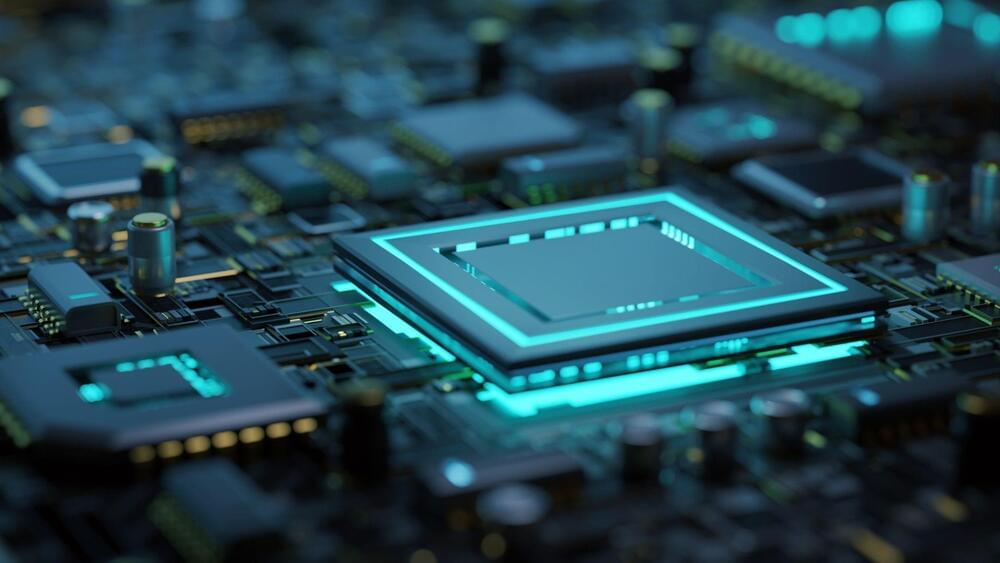Deep Learning AI Specialization: https://imp.i384100.net/GET-STARTED
AI Marketplace: https://taimine.com/
Take a journey through the years 2023–2030 as artificial intelligence develops increasing levels of consciousness, becomes an indispensable partner in human decision-making, and even leads key areas of society. But as the line between man and machines becomes blurred, society grapples with the moral and ethical implications of sentient machines, and the question arises: which side of history will you be on?
AI news timestamps:
0:00 AI consciousness intro.
0:17 Unconscious artificial intelligence.
1:54 AI influence in media.
3:13 AI decisions.
4:05 AI awareness.
5:07 The AI ally.
6:07 Machine human hybrid minds.
7:02 Which side.
7:55 The will of artificial intelligence.
#ai #future #tech






